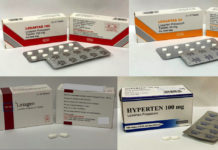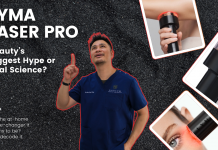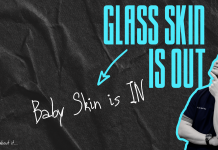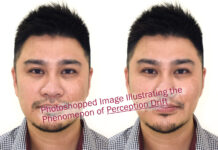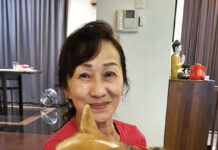When it comes to body contouring treatments, doctors have tried everything – burning, blasting, vibrating, heating, dissolving, massaging, etc etc.
It was only a matter of time before someone came up with the idea of Freezing the bloody fat cells. Which is precisely what scientists in Havard did. They invented a process they termed Cryolipolysis, where they use a machine to apply freezing temperatures to an area of fat tissue. The cold causes triglycerides in the fat cells to crystallize, triggering cell death known as apoptosis.
CoolSculpting by Zeltiq®, which uses the process of Cryolipolysis, has received FDA approval, and has since taken the world of non-invasive body contouring by storm. The new kid on the block has proven itself to not only to have minimal downtime, but also to be effective as well.
For years, non- invasive body contouring has had the bad reputation of being unpredictable – the same procedure may work well for some, but not for others. Many factors other than the treatment play a part, such as age (younger patients respond better), sex (men usually see better results), activity level, and of course the diet following the procedure.
The great thing about CoolSculpting is that the results are more consistent – the freezing technology causes about 20 – 25% of the fat cells in the treatment area to break apart after each session – which is a really impressive feat as far as non- invasive body contouring treatments go. Who would have thought that cold works better than heat for this purpose??
The treatment also has no downtime and minimal discomfort. A suction device is placed onto the treatment area, commonly the abdomen. Some discomfort occurs at the beginning, but this fades away very soon as the area is anesthetized by the cold. Common side effects are very mild – temporary swelling lasting a few hours, redness, and mild bruising. Compared to many other treatments out that such as injection lipolysis, this procedure is really a walk in the park.
Speak to your doctor to learn more about the procedure.





